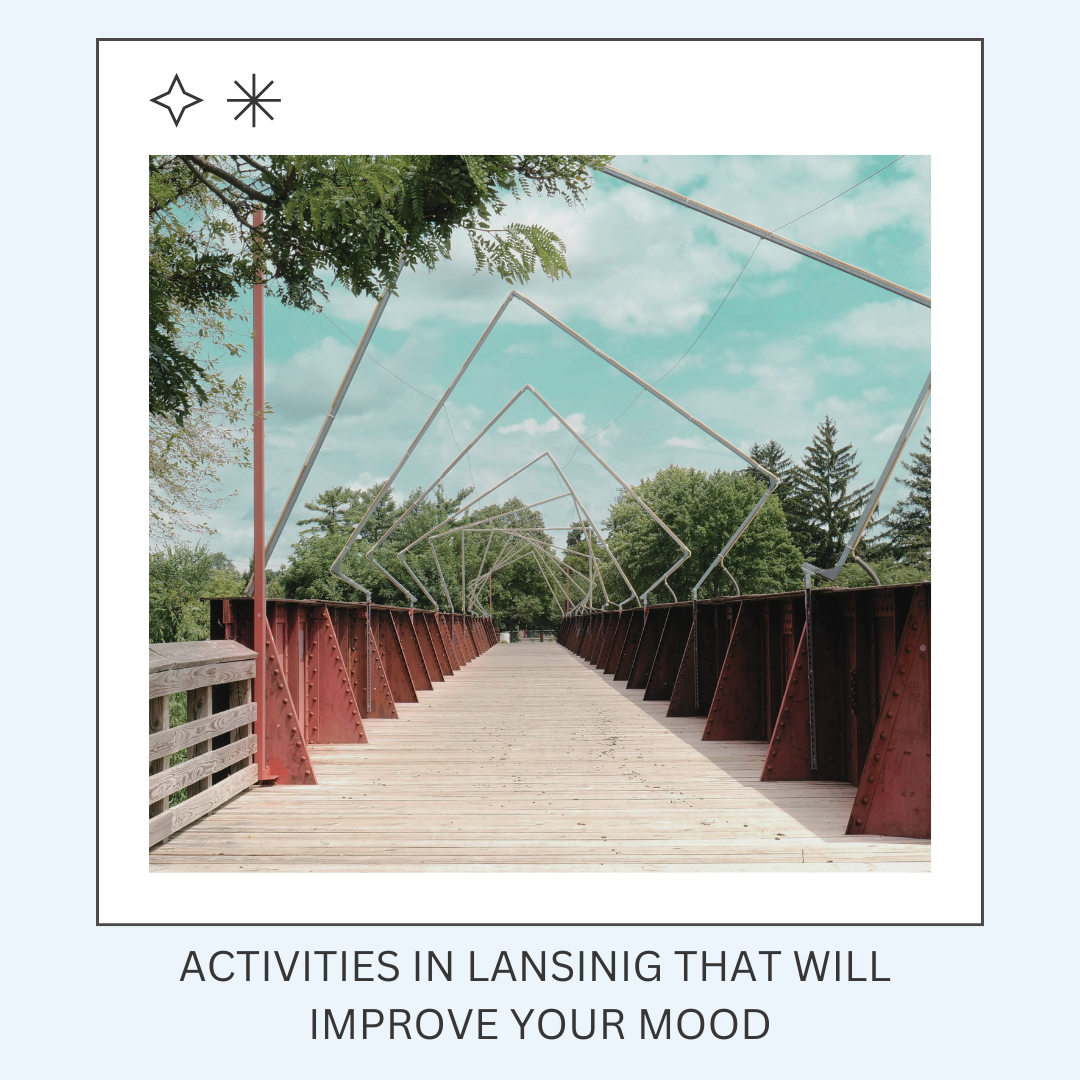
Anxiety and Depression
in Teens & College Students
Feeling overwhelmed, anxious, lonely, and not good enough are common experiences in teens and college students. Whether it’s the pressure to get that A in every class, live up to those unrealistic standards on social media, or feeling like no one understands what you are going through, we want to offer you a safe space to process these hard emotions. Just because feelings of anxiety, overwhelm, and hopelessness are common, doesn’t mean you should accept huge amounts of stress and depression as your new normal. Our team of trained therapists are equipped to teach you skills and give you that space to cope with life’s stressors.
The Process:
-
1. Reaching Out
Oftentimes, reaching out for support can be the hardest step in your journey to healing. Our team of licensed therapists is here to provide you with a safe and confidential space to start this process.
-
2. Start Therapy
Our team of licensed therapists will work with you to establish goals for therapy. We believe this collaborative approach creates better outcomes for our clients.
-
3. Learn Skills
You and your therapist will spend time gaining insight, learning new skills, and practicing those skills both in and outside of the therapy session. Our licensed therapists use various schools of thought to help our clients learn to manage symptoms of anxiety and depression as well as get to the root of what is leading to these symptoms. Some of the types of therapy our counselors use to treat anxiety and depression are listed below.
-
Cognitive Behavioral Therapy (CBT)
CBT is the most empirically based form of treatment for anxiety and depression. This form of therapy will help you notice your negative thinking patterns and challenge and reframe those thoughts into more realistic, positive thinking.
-
Dialectical Behavioral Therapy (DBT)
DBT is a form of therapy that is very effective for depression, anxiety, and suicidal ideation. DBT teaches you to manage intense emotions, reduce self-destructive behaviors, and improve relationships. DBT’s four pillars include mindfulness, distress tolerance, emotion regulation, and interpersonal effectiveness.
-
Acceptance and Commitment Therapy (ACT)
The goal of ACT is to help you live a more meaningful life, even with difficult emotions and experiences. Instead of trying to eliminate or control negative thoughts and feelings, ACT focuses on accepting those thoughts, without judgment, while also committing to living a life that aligns with your values.
✺ Frequently asked questions ✺
-
Symptoms of anxiety include:
Trouble relaxing
Feeling nervous, anxious, or on edge
Not being able to stop or control worrying
Being so restless that it's hard to sit still
Becoming easily irritated or annoyed
Feeling afraid as if you are just waiting for something bad to happen
Racing heart, trouble breathing, sweating, or feeling jumpy
-
Symptoms of depression include:
Persistent sadness or low mood: This can be more than just temporary sadness and can last for weeks or months.
Loss of interest or pleasure in activities: This can include hobbies, sports, school, or social activities. This could also include loss of interest in taking care of basic hygiene such as showering.
Irritability or anger
Feelings of hopelessness, worthlessness, or guilt
Low self-esteem
Wanting to sleep more than the usual amount for this age (8-10 hours)
-
Yes, we do believe that healing can happen. It also takes a lot of motivation and work on your part for change to occur. We have seen therapy help our clients overcome the effects of depression and anxiety. Our goal is to work ourselves out of a job so you can move forward in life and achieve your long-term goals.
-
The length of how long you will be in therapy is different for everyone. Typically, when you first start therapy, you will meet with your therapist once a week. Eventually, as you progress, you may only meet with your therapist once a month or as needed. It is different for everyone!
-
Our therapists are trained to assess risk and will ask you further questions regarding your suicidal thoughts. If you share with your therapist that you are experiencing hopelessness or a wish to be dead, the therapist will conduct a safety risk assessment to determine next steps in order to ensure your safety.
-
A panic attack often happens abruptly and you may not even be able to identify the trigger. Panic attacks are characterized by a range of physical symptoms, including a racing heart, shortness of breath, dizziness, and sometimes numbness or not thinking clearly. Some people go to the ER thinking they are having a heart attack or stroke, but it turns out to be a panic attack, because the symptoms feel similar. It is always best to get checked out if you believe you are experiencing a medical condition, but it is also helpful to know what a panic attack feels like. Just because you have had a panic attack before, does not mean that it will feel exactly the same way the next time you have a panic attack.






